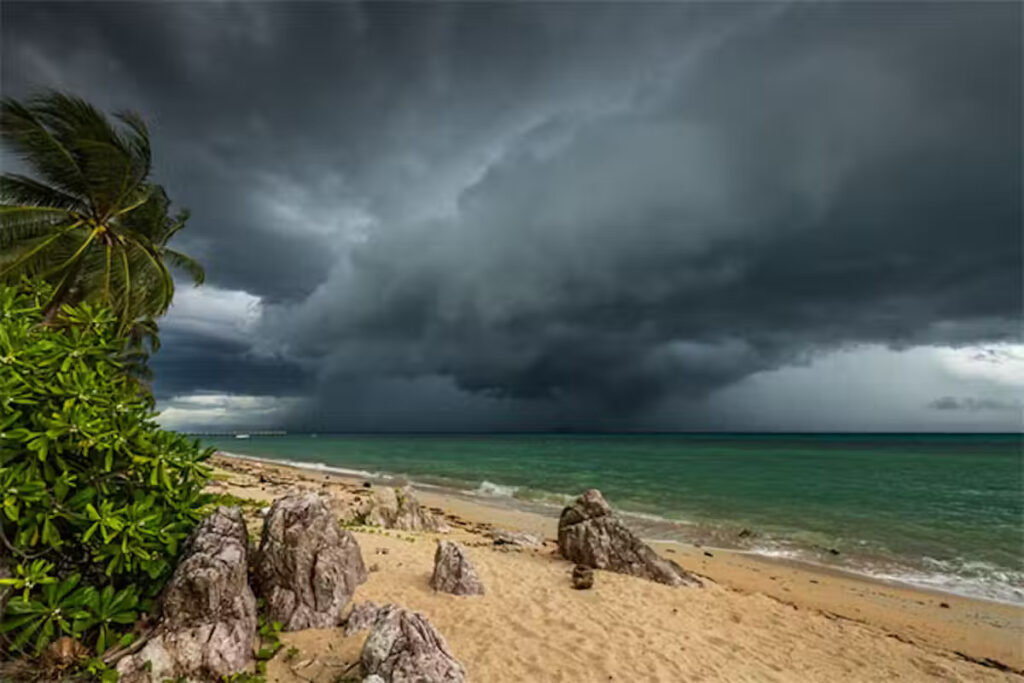Tonga Braces for Prolonged Cyclone Season and Drought Conditions in 2023/2024

Tonga is preparing for an extended and potentially severe tropical cyclone season in 2023/2024, as El Nino conditions cast a shadow of uncertainty over the region’s weather patterns. Meteorological authorities have issued crucial warnings, urging residents and authorities to be vigilant in the coming months.
Cyclone Impact on the Horizon
Tonga can expect up to three tropical cyclones to impact the nation during the 2023/2024 season, and at least one of these is expected to reach severe intensity, classified as Category 3 to 5. The South West Pacific Region, which encompasses Tonga, is bracing for the possibility of 8 to 14 named tropical cyclones, with 5 to 7 potentially reaching severe levels.
This year’s tropical cyclone season is predicted to extend beyond the typical November to April period. El Nino conditions are the primary driver behind this extension, causing the season to start as early as October 2023 and possibly lasting until May 2024. The prolonged duration increases the likelihood of cyclonic activity and potential impacts on Tonga.
Peak Months and El Nino Effects
The peak months for cyclone activity in Tonga are expected to be January to March 2024, with February identified as the most critical month. However, the El Nino phenomenon brings additional challenges. Below-average rainfall is anticipated throughout the cyclone season, and higher-than-normal sea levels are expected, elevating the risk of flooding and coastal damage.
Meteorological experts indicate that most of the cyclones affecting Tonga in the 2023/2024 season are likely to originate from the West and North-West quadrants, with approximately 67% of these cyclones traced back to the Fiji Area. The remaining cyclones are projected to come from the North, East, and Northeast quadrants.
Severe Tropical Cyclone “Lols” (Category 5) already made its presence felt in October, marking the early beginning of the season. This serves as a stark reminder for Tonga and neighbouring regions to remain vigilant throughout the extended cyclone season.
Additionally, El Nino conditions have led to drought scenarios in Tonga’s island divisions. Drought Warnings are in effect for Ha’apai and Vava’u Island divisions, and Drought Alerts have been issued for Niuatoputapu and Niuafo’ou. Some areas are experiencing well-below-average monthly rainfall, hinting at the looming threat of drought.
Active Periods and El Nino Persistence
During the cyclone season, active periods occur every 30 to 60 days on average, typically lasting for about 2 to 3 weeks. These periods heighten the risk of tropical cyclone formation, warranting increased preparedness.
Sea surface analysis suggests that El Nino conditions, especially the El Nino-Southern Oscillation (ENSO), are likely to persist until June 2024. The prolonged influence of El Nino implies that warm sea surface temperatures and dry spells will continue to impact the region.
Tonga is facing a challenging 2023/2024 tropical cyclone season, and residents and authorities are urged to be well-prepared. Early warning systems, infrastructure reinforcement, and community education are vital components of readiness. Furthermore, measures to mitigate the impact of drought, such as water conservation and resource management, must be prioritised to ensure the well-being of the nation’s residents.



